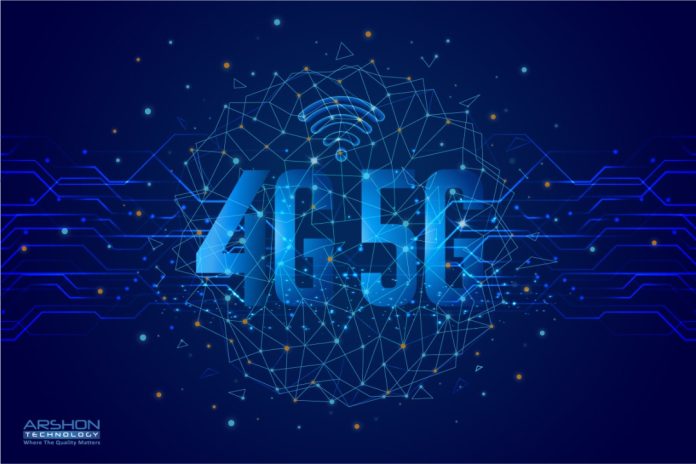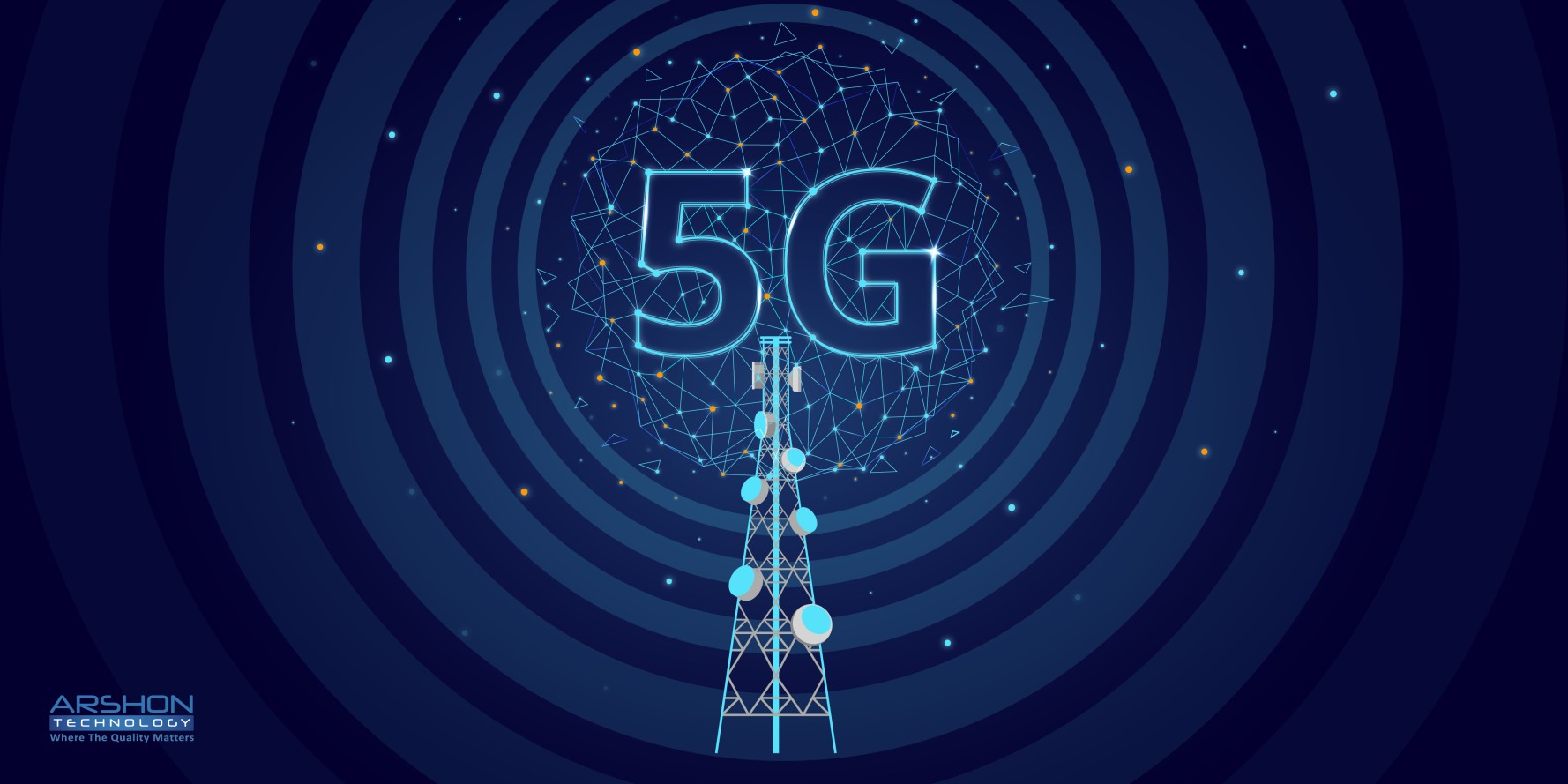Cellular IoT doesn’t only connect us to our family and friends, but they also connect us to Facebook accounts and Gmail servers.
In today’s world, more and more devices are connected online. Therefore, people are searching for technological options that can help them connect cars, television, and other devices with electricity lines and highway signals. Luckily, it can be done with cellular IoT. Cellular IoT has lots of potential, and you’ll see how it will rock the market.
So, if you’re curious about knowing what cellular IoT is and its categories, then keep reading this article.
What Is Cellular IoT?
It’s a way of connecting things (physical), such as it connects sensors to the internet. But the good news is it doesn’t require any additional tool because it can do this by using the same cellular network you use on your Smartphone. Is it clear, or do I need to make it easier?
Cellular IoT can help you connect devices with your current mobile networks. It means you don’t need to invest extra money to create a dedicated network infrastructure to connect IoT devices. Some countries have made significant investments in this technology. Therefore, users can now enjoy functional cellular activity every time.
Categories of Cellular IoT
The Internet of Things requires secure communications and connections to shape networks and make data sharing possible. Due to different productivities, applications, and requirements, there are various connection technologies from which operators, developers, and users can choose the desired option. But understanding the different features of the main options of connection technologies is essential.
IoT cellular technologies generally support higher data rates, shorter battery life, and require more expensive hardware (although this cost is declining rapidly). As a result, cellular IoT –based solutions are typically offered by large operators that have access to the required frequency spectrum as well as the required hardware designs.
So, without further ado, let’s discuss the main types of IoT cellular connections.
- 2G, 3G, and 4G
These standard network technologies were initially designed only for mobile phones but also support other devices. Previously the 4G was the latest generation, but in some countries, the 5G is also launched. But the good news is in some markets, IoT is still supported by 2G and 3G connections.
- LTE Advanced
As the name indicates, it’s the advanced and faster version of LTE technology. In self-driving vehicles, you need quick responses, and LTE advanced can help.
- LTE Cat O
It’s a low-power solution for IoT, and it is inexpensive. But it supports both voice and SMS.
- LTE-M
It stands for Long Term Evaluation for Machines. It’s the second generation of LTE Cat O. It also offers advanced forms of connectivity. It also provides data and voice support.It doesn’t consume much power, which makes it ideal for devices with short battery times. Mission-critical applications require high data bandwidth.
Therefore, for such applications, LTE-M is the best option. Some examples of LTE-M are connected medical equipment and self-driving cars. But the major problem is that LTE-M technology is more expensive than other cellular IoT technologies.
- NB-IOT
NB stands for Narrow Band. When there is low power connectivity and low data IoT usage, this cellular IoT option is best. It’s ideal for devices that have low data transmission requirements. It’s not only compatible with 4G but also has some other benefits, such as low power consumption, reliable connectivity, and long range.
NB-IoT is the fastest-growing technology worldwide. You can use this IoT technology for applications that transfer only limited data and don’t require high bandwidth. It is used in connected energy meters in smart cities and smart soil sensors in agriculture. Moreover, you can use it in environmental sensors to measure weather conditions and wind pressure.
Remember, IoT devices that use NB-IOT operate from a fixed location. But the battery-powered devices that use this technology can last up to 10 years.
Similarities and Differences between NB-IOT and LTE-M
The two main types of IoT cellular connections are NB-IoT and LTE-M. Both of these technologies are derived from cellular standards. Of course, a key difference between the two technologies is the much lower bandwidth of the NB-IoT (about ten times) and, therefore, less transmission power (TX) than the LTE-M.
Both technologies support an extensive coverage range. NB-IoT technology is theoretically capable of covering up to 100 km. The use of global cellular standards means that its hardware is easier to obtain, devices will have a longer service life, and network operators guarantee reliability over unlicensed LPWANs.
For most IoT applications, NB-IoT takes precedence over LTE-M. The higher data rates used by LTE-M or Cat1-M1 may be unnecessary and costly. Nevertheless, the LTE-M supports mobility, which means that it is more suitable for large networks with dynamic nodes.
These networks include transportation and traffic guidance and control scenarios. LTE-M technology also enables voice data transmission, which is an important advantage for applications that require instant and fast response.
So, if you want to use these cellular IoT technologies for the applications mentioned above or any other application, you can contact Arshon Technology because we use this technology. So, don’t wait and contact us today to enjoy the latest cellular IoT technologies.
Final Words
In this article, we have discussed cellular IoT and its categories in detail. Moreover, we have compared the two main types of cellular IoT as well. So, if you want a custom electronic design, don’t forget to contact Arshon Technology. The good news is we offer our services to both local and international clients.
Author: Eli(Elnaz) Sadafi, IoT design engineer @ Arshon technology.

Cameron Dickerson is a seasoned journalist with nearly 10 years experience. While studying journalism at the University of Missouri, Cameron found a passion for finding engaging stories. As a contributor to Kev’s Best, Cameron mostly covers state and national developments.


